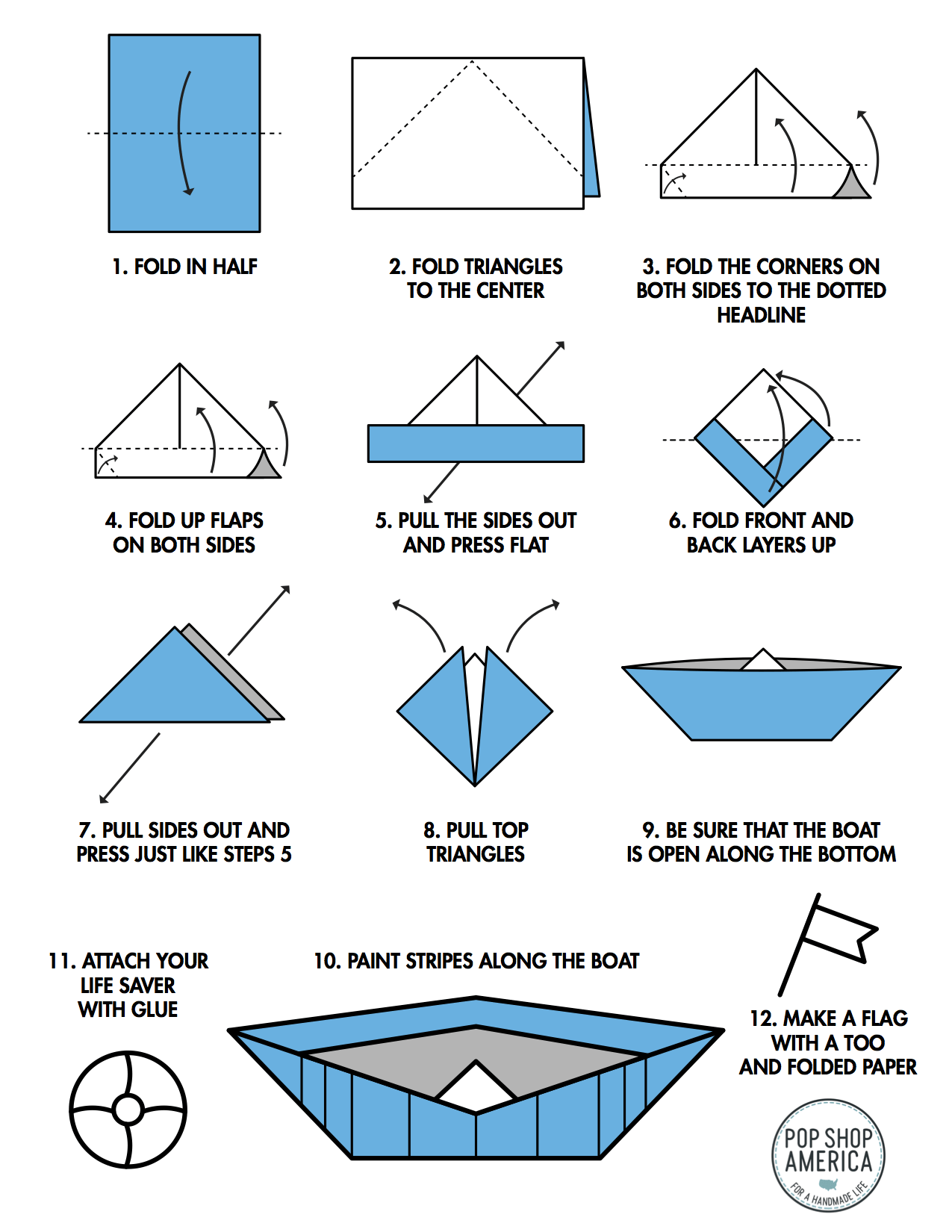
Beyond the Blueprint: Unconventional Approaches to Boat Building from Downloaded Plans
Building a boat from downloaded plans is a thrilling project, blending meticulous craftsmanship with the satisfying thrill of creation. But what if we moved beyond the simply following the instructions? This article explores unconventional perspectives on boat building, addressing questions rarely asked and offering solutions you won't find in your average plan package.
The Unsung Hero: Material Optimization and Sustainability
Most plans assume readily available, standard lumber. But what if your local yard is lacking, or you're committed to sustainable practices?
Q: How can I build sustainably and economically, even with limited access to traditional boatbuilding woods?
A: Embrace reclaimed and repurposed materials. Think beyond the obvious. Could you source planks from old barns? What about repurposing pallets (after careful inspection and treatment)? Using recycled materials is not only environmentally responsible but can also lead to unique aesthetic outcomes. Websites like the National Association of Home Builders offer guidance on sustainably sourcing wood, which can be adapted to boatbuilding. Careful planning and selecting appropriate materials based on their properties (strength, water resistance, etc.) are vital here, potentially requiring modifications to the original plans.
Beyond the Instructions: Designing for Your Specific Needs
Downloaded plans are a starting point, not a rigid rulebook. What about customizing them to your specific requirements and environment?
Q: My downloaded plans are for a lake boat, but I want to use it in coastal waters. How do I adapt them?
A: Consult with naval architects or experienced boat builders. Minor modifications, such as reinforcing the hull or adjusting the keel design, may be needed. Don't just guess; seek professional advice to ensure the structural integrity of your boat. Websites like BoatUS offer resources and forums where you can connect with experienced boaters and builders. Consider incorporating stronger, more weather-resistant materials in areas exposed to saltwater. The added expense is worth the longevity of the vessel.
The Digital Advantage: Leveraging Technology for Precision and Efficiency
Downloaded plans are often 2D representations. Can we use technology to enhance the process?
Q: How can 3D modeling help me during construction?
A: 3D modeling software (like SketchUp or Fusion 360) can be invaluable. You can import your plans, visualize the finished boat in 3D, and even create precise cutting guides for your materials, minimizing waste and improving accuracy. Many free tutorials and resources are available online to help you learn these tools. This is particularly beneficial for complex designs where visualizing the assembly process is crucial.
The Human Element: Collaboration and Community
Building a boat can be a solitary pursuit, but doesn't have to be. Collaboration and sharing experiences can be extremely beneficial.
Q: Where can I find a community of boat builders to learn from and share ideas?
A: Numerous online forums and communities exist dedicated to boat building. Websites like WoodenBoat and various social media groups offer platforms for connecting with experienced builders, getting advice, and sharing your own progress. Participating in local woodworking clubs or boat building workshops can provide invaluable hands-on experience and mentorship. The collective knowledge is a powerful resource. Remember to document your project â€" photos, videos, and a detailed blog can be invaluable both for your personal record and for sharing with the community.
Building a boat from downloaded plans is a rewarding journey. By adopting a curious and innovative approach, embracing sustainability, leveraging technology, and fostering collaboration, you can transform a set of instructions into a unique, personally fulfilling project.

0 comments:
Post a Comment
Note: Only a member of this blog may post a comment.